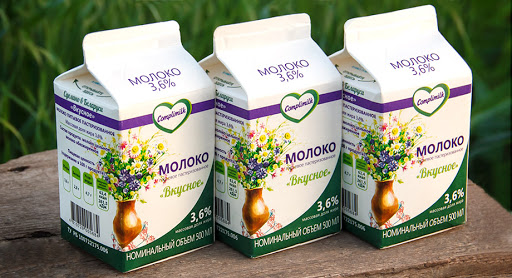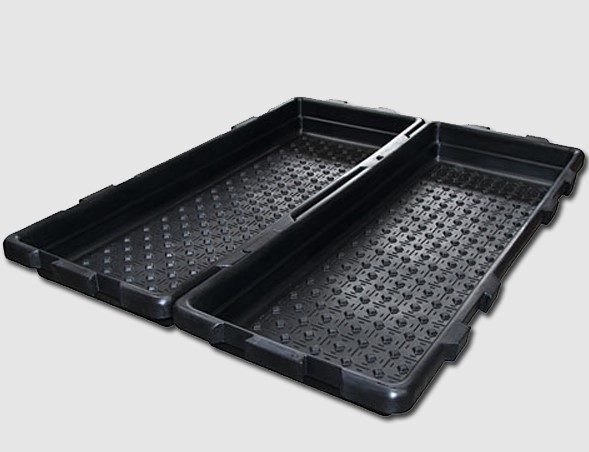UK lamb and beef export value exceeds £200m
The total value of mutton and beef exports from Wales in 2021 was comparable to 2019 levels, notes Hybu Cig Cymru – MEAT Promotion Wales (HCC).
New HMRC trade data for 2021 shows that the value of Wales' mutton and beef exports continues to exceed £200m a year despite significant external market disruptions in recent months.
Since the end of 2019, the covid pandemic and the end of the Brexit transition period have affected trading patterns. The lockdowns have disrupted demand from the hotel and restaurant sector in key overseas markets, while additional administrative burdens have been placed on exporters in the EU. At the same time, retail demand for lamb and beef in the UK has risen sharply, meaning there is less meat for EXPORT.
Although the total amount of red meat exported is below pre-pandemic levels, the value of exports has remained stagnant. The total value of mutton and beef exports from Wales in 2021 was comparable to 2019 levels.
Red meat exports from the UK are down 20% year-over-year for lamb and 12% for beef, new HMRC figures show. But data calculated by Hybu Cig Cymru - Meat Promotion Wales (HCC) shows that the value of red meat exports from Wales was £210 million in 2021 - just 0.4% less than in 2019 before the pandemic.
HCC data analyst Glesney Phillips said: “Despite a decline in red meat exports from the UK last year, the value of trade for the Welsh economy has remained unchanged. The work of HCC and processors to support retail and food trade in key markets, along with price inflation in the food sector in recent months, partly explains the discrepancy in volumes and values. The good news is that the value of Welsh red meat exports remains higher £200 million a year and this has helped ensure high livestock prices for farmers, but there is still significant uncertainty about the future outlook.”
The latest HMRC figures also show the impact of covid-19 on UK imports. The difference in the volume of lamb shipped to the UK between 2020 and 2021 was significant; imports decreased by 18%. New Zealand continued to be the dominant supplier, accounting for 67% of fresh and frozen food shipments. This figure, however, is down 18% from last year as New Zealand now redirects its products to Asia.
“It is possible that exports could increase again in the second half of 2022. An increase in beef production is projected, which will mean an increase in the availability of products for export markets where demand for beef remains. Global mutton supplies are forecast to remain tight, which could lead to increased export demand in 2022, but this will of course depend on the lambing season and subsequently the level of supply and demand in the UK market,” added Ms Phillips.



























































